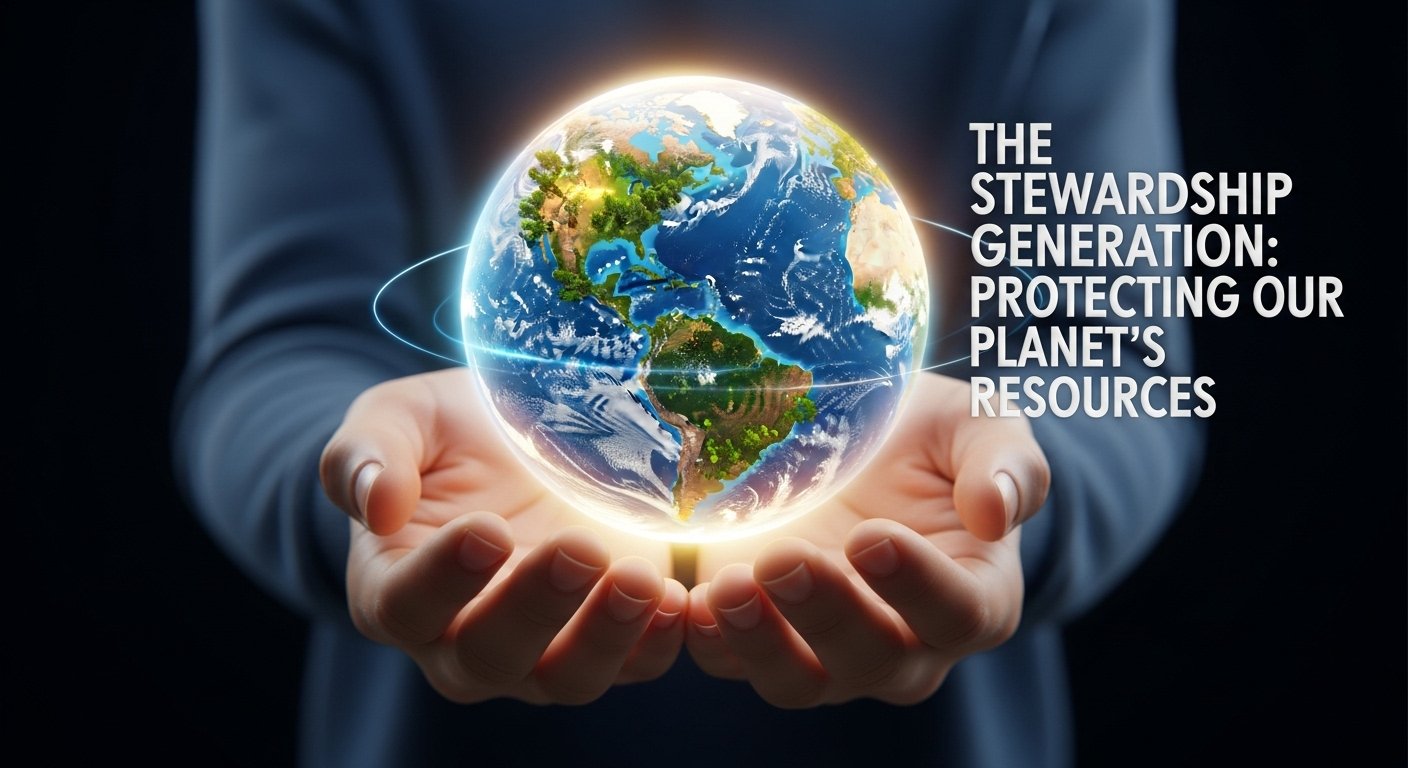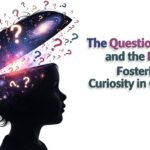The Stewardship Generation: How Climate Change Education is Redefining “Protecting Our Planet”
I remember being a kid at the dinner table, being told, “Finish your vegetables! Don’t you know that food is a precious resource?” For me, it was a small, parental lesson in not being wasteful. I never imagined that this simple idea—that the things we use are finite and valuable—would become one of the most critical concepts for our entire planet. Today, that dinner-table lesson has expanded to a global scale, encompassing our water, our air, our forests, and our soil. Understanding how to protect these resources is the central mission of environmental science, and the most powerful tool we have to achieve it is Climate Change Education.
As an educator in 2025, I’ve seen a profound shift in how we approach this topic. It’s no longer enough to just teach students about the carbon cycle or the water cycle as abstract scientific facts. A meaningful Climate Change Education must connect that scientific knowledge to our daily lives and empower students with a sense of agency. It’s about moving beyond fear of scarcity and towards a hopeful vision of stewardship. This isn’t just about learning the science; it’s about fostering a generation of creative, informed, and responsible caretakers for our shared planetary home.
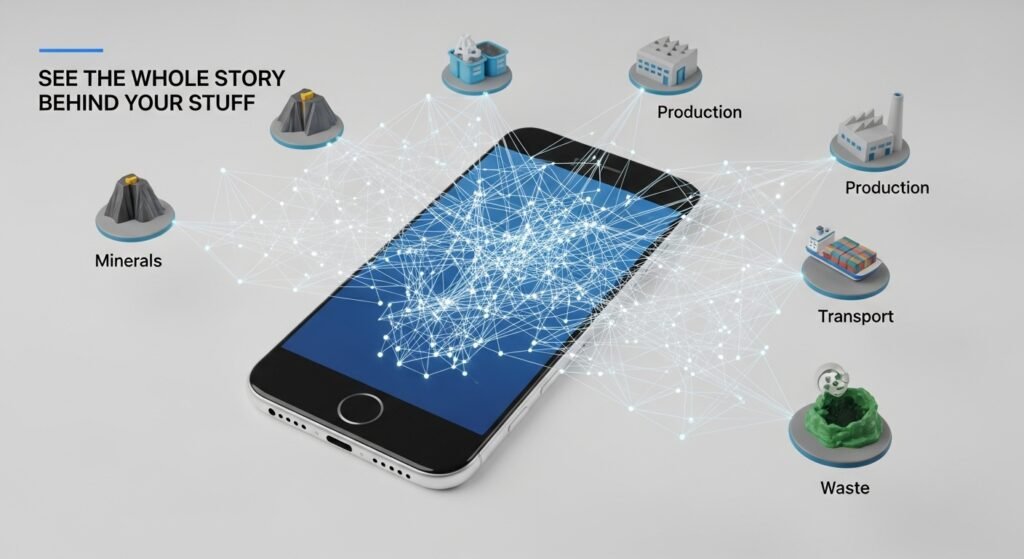
Beyond the Recycling Bin: Redefining “Protecting Resources” for a New Era
For a long time, environmental education was dominated by the three R’s: Reduce, Reuse, Recycle. While these are still incredibly important, a modern approach to environmental science, informed by Climate Change Education, understands that our resource systems are far more complex. It’s not just about what we do with our rubbish; it’s about understanding the entire lifecycle of the products we consume.
This is a shift from a linear “take-make-waste” mindset to a more holistic “systems thinking” approach. An effective Climate Change Education teaches students to ask deeper questions:
- Where does my water really come from, and how does a drought in another region affect me?
- What is the “carbon footprint” of the food on my plate, from the farm to my fork?
- How are the rare earth minerals in my smartphone mined, and where do they go when I upgrade?
By zooming out to see these larger systems, we move from simple actions to informed, impactful choices.
A Shift in Perspective: From Scarcity to Stewardship
The narrative we use to talk about our planet’s resources matters immensely. A narrative based purely on fear can be paralyzing, while one based on responsibility can be incredibly motivating.
| Scarcity Mindset (Fear-Based) | Stewardship Mindset (Solutions-Based) |
| The Message: “We are running out of everything!” | The Message: “We have what we need if we are wise and innovative.” |
| The Feeling: Anxiety, guilt, and helplessness. | The Feeling: Empowerment, responsibility, and hope. |
| The Focus: The problems and the impending doom. | The Focus: The solutions and the opportunities for positive change. |
| The Goal: To scare people into using less. | The Goal: To inspire people to be better caretakers and innovators. |
| The Outcome: Can lead to inaction and eco-anxiety. | The Outcome: Fosters resilience and a proactive desire to contribute. |
Applied Scientific Thinking: A Practical Framework for Real-World Problem-Solving
The stewardship mindset is the heart of modern Climate Change Education. It reframes the challenge as an inspiring call to action.
The Planet’s Treasure Chest: A Deep Dive into Our Most Critical Resources
To make these big ideas tangible, let’s explore how a modern environmental science lesson, using the principles of Climate Change Education, would tackle three of our planet’s most vital resources.
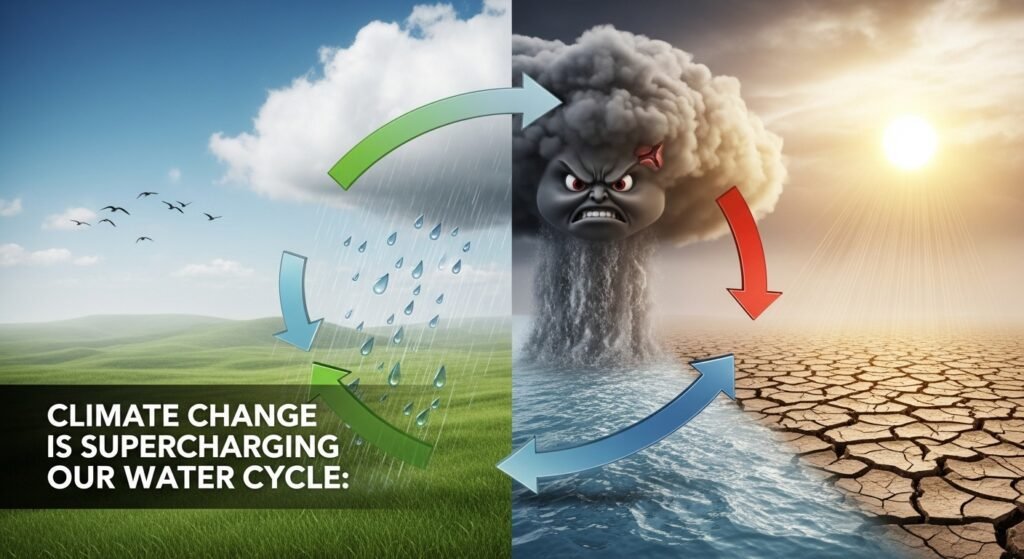
1. Our Water: The Blue Gold
Water is life. Yet, the stable water cycle we have relied on for millennia is being disrupted.
- The Climate Connection: A warmer atmosphere holds more moisture. As I explain to my students at PaidScripts.com, this supercharges the water cycle. It doesn’t just mean more rain; it means the rain comes in more extreme, unpredictable events. This leads to the cruel irony of climate change: more intense droughts in some areas and more devastating floods in others. The Intergovernmental Panel on Climate Change (IPCC) has made it clear that these extreme weather events are becoming more frequent and severe.
- The Educational Insight & Action: Instead of just studying a diagram of the water cycle, students can become local water stewards.
- Project Idea: Using online tools from the EPA, students can identify their local watershed. They can then engage in a project to monitor the health of a local stream, test water quality, and clean up litter. This makes the global water crisis a tangible, local issue they can directly impact.
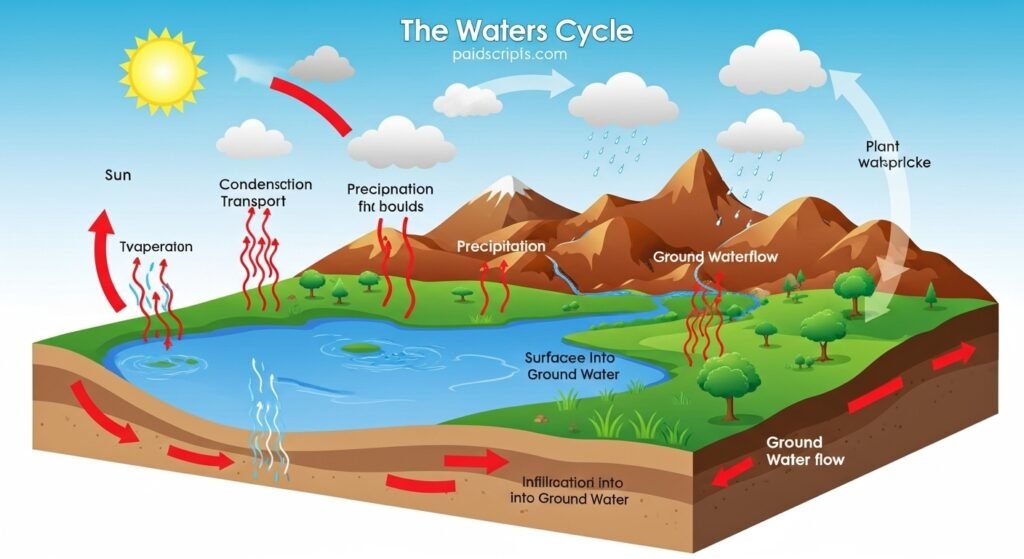
2. Our Forests: The Lungs of the Planet
Forests are not just collections of trees; they are complex ecosystems that act as massive carbon sinks, regulate weather patterns, and harbour the majority of the world’s terrestrial biodiversity.
- The Climate Connection: Two major threats are at play. First, deforestation, particularly in tropical rainforests, releases vast amounts of stored carbon into the atmosphere. Second, rising temperatures and prolonged droughts make forests more susceptible to catastrophic wildfires, which not only destroy ecosystems but also release even more carbon. Organisations like the World Wildlife Fund (WWF) provide extensive data on this global challenge.
- The Educational Insight & Action:Climate Change Education connects students to these vital ecosystems.
- Project Idea: Students can use online mapping tools like Google Earth Engine to see the shocking scale of deforestation in the Amazon over the last 20 years. Then, they can shift their focus to a local solution: designing and executing a reforestation project in their own community or schoolyard, planting native trees that support local wildlife.
Applied Scientific Thinking: A Practical Framework for Real-World Problem-Solving
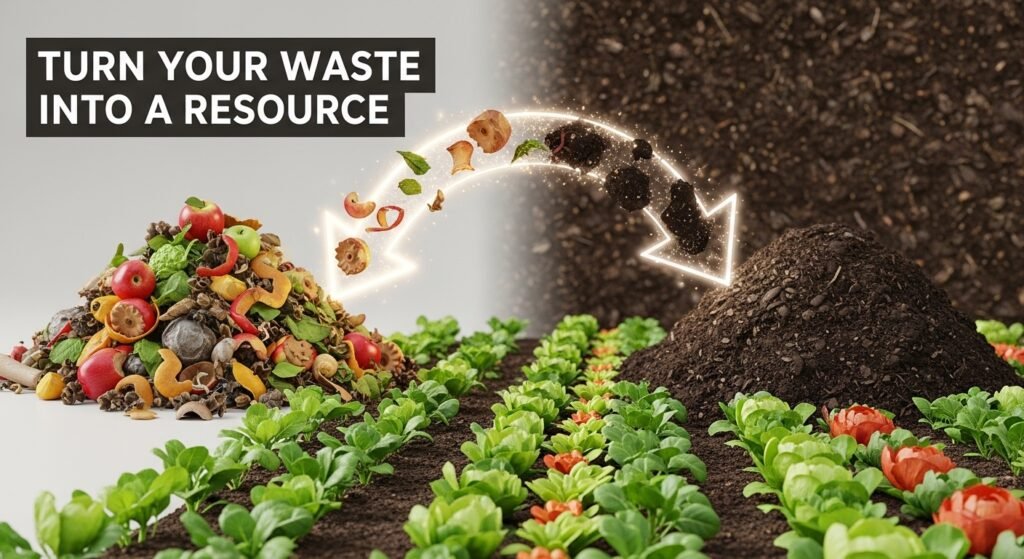
3. Our Soil: The Living Foundation Beneath Our Feet
Soil is one of the most overlooked but most critical resources on the planet. Healthy soil is a living ecosystem, and it is one of our greatest allies in the fight against climate change.
- The Climate Connection: Healthy, carbon-rich soil acts like a giant sponge, absorbing and storing enormous amounts of carbon from the atmosphere. However, industrial farming practices and land degradation have released much of this stored carbon. Regenerative agriculture focuses on rebuilding soil health, turning our farmlands from a carbon source back into a carbon sink.
- The Educational Insight & Action: This is a perfect topic for hands-on Climate Change Education.
- Project Idea: Start a school composting program! This is a powerful, closed-loop lesson. Students can collect food scraps from the cafeteria (resource), manage the composting process (science), and then use the finished compost to enrich the soil in a school garden (stewardship). It’s a tangible way to demonstrate how we can turn “waste” into a valuable resource.
STEM Careers in Future of Work for Graduates
A Personal Insight: The Day My Students Became “Energy Detectives”
I once ran a project where I challenged my students to become “energy detectives” in their own homes. Their mission, supported by some simple tutorials we developed at PaidScripts.com, was to identify sources of wasted energy.
I’ll never forget one student, a 15-year-old named Ben. He was initially sceptical, thinking the impact would be tiny. He used a simple power meter and discovered that his family’s entertainment centre, with its gaming consoles and TV in standby mode, was a major “energy vampire,” constantly drawing power even when turned off.
His “aha!” moment wasn’t just about the data; it was about the sense of control. He presented his findings to his family, and they implemented a simple solution: a power strip that they switched off every night. Ben calculated that this one small change would save his family over $100 a year and prevent a significant amount of CO2 from entering the atmosphere. He saw, in real-time, how his knowledge could lead to a tangible, positive action. That is the entire goal of Climate Change Education.
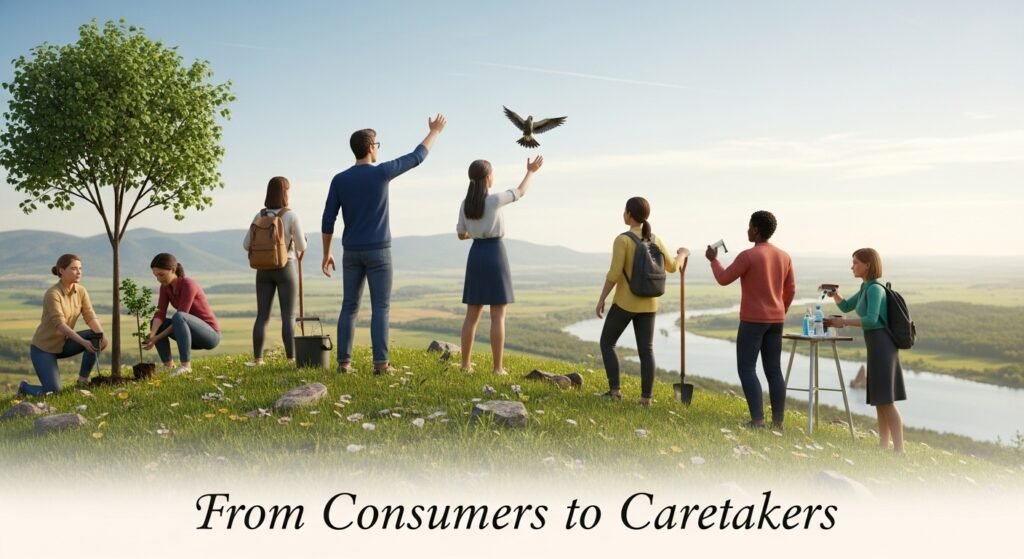
Conclusion: From Consumers to Caretakers
Climate Change Education in environmental science is about more than just understanding the problems our planet faces. It’s about fostering a profound shift in perspective—from seeing ourselves as mere consumers of the Earth’s resources to embracing our role as active caretakers and responsible stewards.
It’s about understanding that the water we drink, the air we breathe, and the food we eat are all part of a complex, interconnected system that we have a responsibility to protect. By equipping students with scientific knowledge, a solutions-oriented mindset, and a sense of their own agency, we are not just teaching them environmental science. We are raising a generation of hopeful, capable, and compassionate leaders who are ready to build a more sustainable and resilient world.
What is one small act of stewardship you or your students could take this week to protect a local resource? Share your inspiring ideas in the comments below!

